Dev Log 3 (Level design)
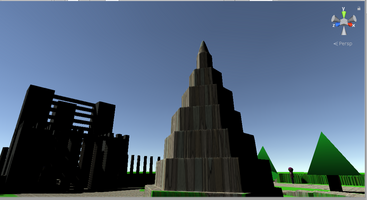
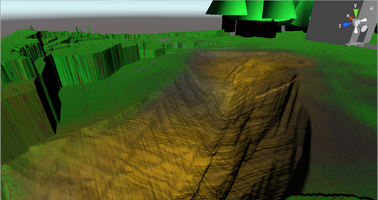
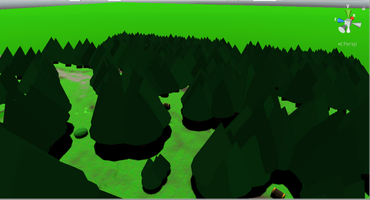
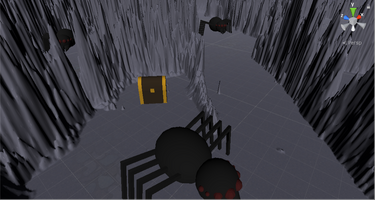
Level designing for the RPG genre was an interesting one. While we all enjoy RPGs, the design of levels is interesting because a lot of routes are either based on a large open world, or a streamlined route with the idea of exploration. Because we were on the clock, we decided to focus on keeping the world compact, and so the idea of routes or small towns were born.
Similar to other genres, we want to teach the player throughout the levels first. by having encounters early, we can quickly introduce them to the battle system, with practice enemies essentially helping to reaffirm comfort for the players. This can be seen in the forest, which is an early area full of typical slimes.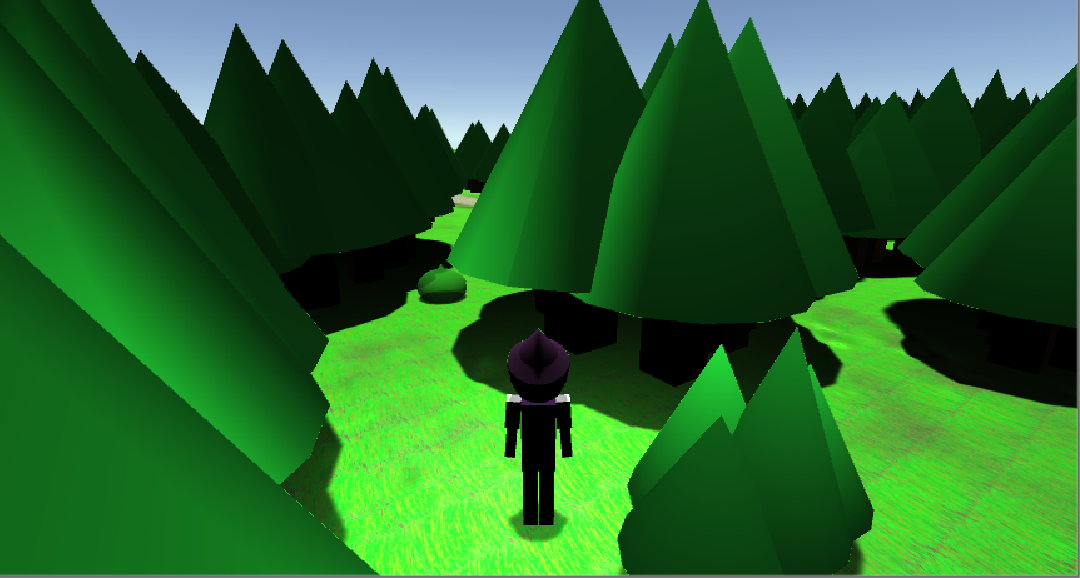
This allows us to still have boundaries for the player's route that are more natural. A river stream or such would work for various parks and other ideas, but a forest allows us a few creative ideas such as a burning forest or easy enemy ideas to start off. Many cliches and standard RPGs help us in this regard as many are already familiar with the type of enemies we use here. But obviously, a streamlined route that has only enemy encounters would bore the players quickly, and so we introduce the exploration aspect. Specifically, we can see it in the general road transition.

We realized the best way to get players immersed in the world was giving them incentive and rewards for exploring, and so we have chests hidden around the levels, whether it be on split paths or optional encounters. These levels open up the possibility for items extremely early, allowing each player to wander different paths and achieve new items or equipment. With that in mind though, we also need to make the world feel real, or immersive. The world would feel barren or bland if it were only chests and enemies, which could be a potential aesthetic, but that was not the case for our team. Instead, the world overall is bright, and so the non-playable characters help to fill the voids and provide more liveliness throughout our levels.
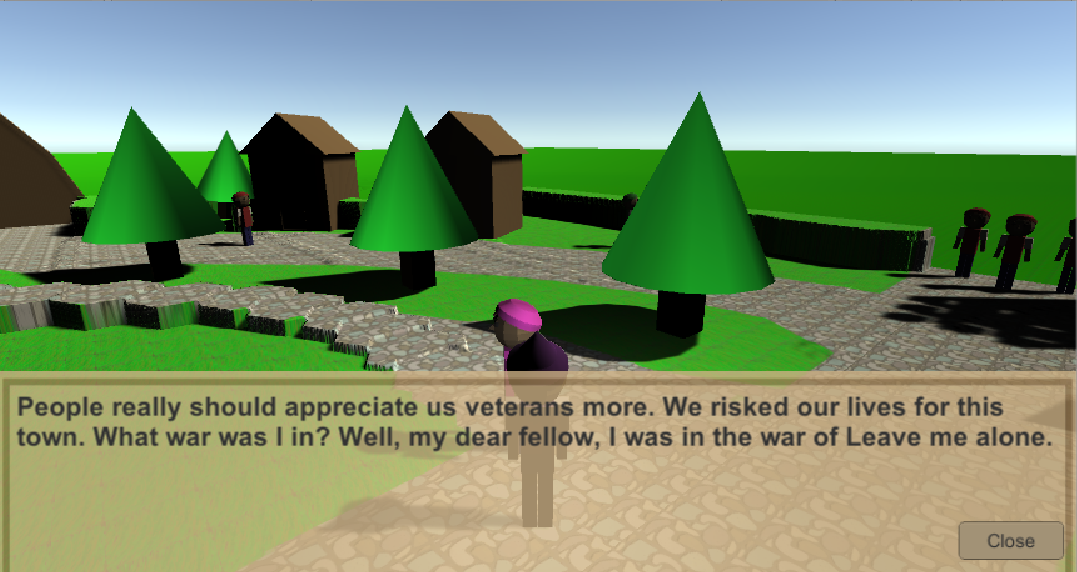
These NPCs allow us to make the world the player explores more immersive, but helps keep the mood of a more relaxed and funny game rather than a dark one. They can double as hazards or hints throughout levels to give perceptive players quick look into what could be in the level, and allow us to also use different objects such as guard towers and toll posts to block off paths without feeling unnatural to the world itself. Using all these world building tools helps us to provide a sense of unease in later levels as well.
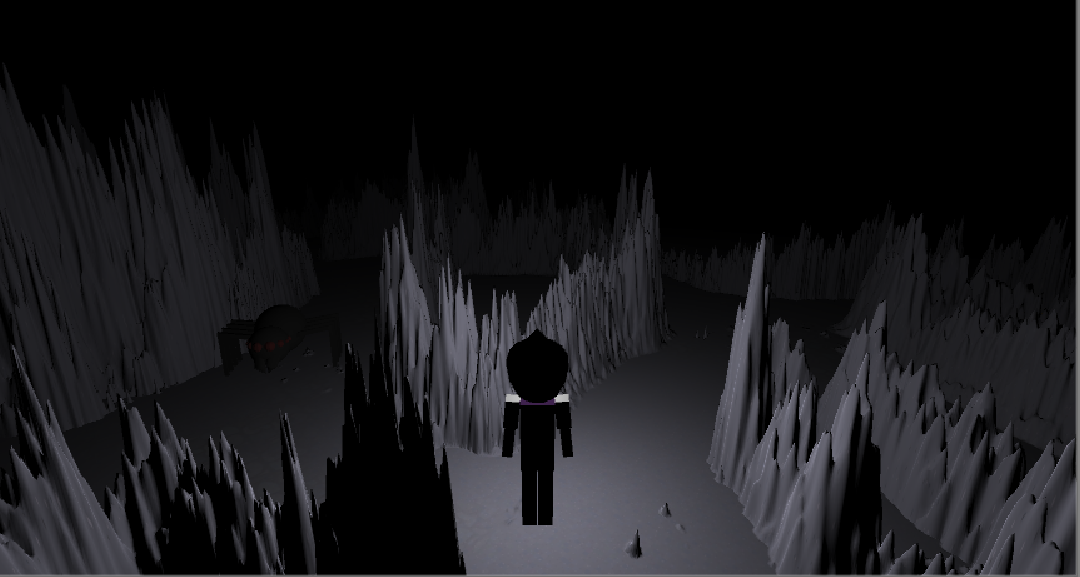
Because the rest of the world is made to help put the player at ease or make them laugh, and the world is constantly in bright areas or areas that are blocked by greenery or people, the last level starts to turn it on the player. It is dark and the boundaries, as well as topology of the floor, is off-putting and rugged, with only the flashlight to help you see. It's covered in enemies, and you can no longer scout the area from anywhere. It rewards the player for exploring, but unlike the other levels, you cannot see the threat nearly as clear and therefore, it feels like the player has to take risks for rewards that may not even be guaranteed for them.
Each of the levels also help tie into different possibilities for how the elements are arranged, as they keep the options open for us as developers to work with. We could go with rainforests for water, or torches in the cave for fire enemies. The way terrain functions also gives us the ability to create more rough paths or uneven flooring, while also letting us make various hills and ramps that look natural. This also causes some things to stand out, such as houses, walls, or even the castle with how much more grand it seems. All of the levels help to enable us as developers in terms of scenery, but also allow us to make the player feel like they have a lot of room while still keeping it streamlined enough to teach them the proper tools.
Pointy's Elemental Adventure
Help Pointy overcome great evils in a world that doesn't believe in him.
| Status | In development |
| Author | Game Design Team 10 |
| Genre | Role Playing |
More posts
- Dev Log 2 (Software Engineering)Nov 14, 2020
- Dev Log 1Nov 12, 2020
Leave a comment
Log in with itch.io to leave a comment.